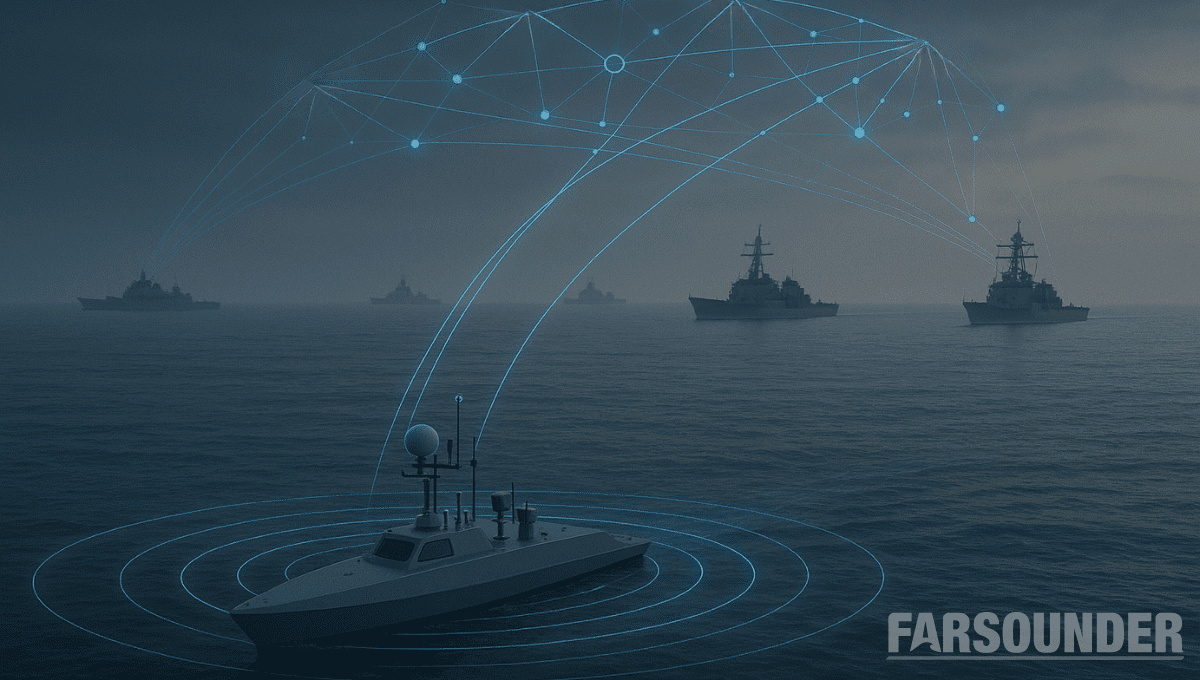Of the few positive outcomes of the Pandemic, the most significant must be the acceleration effect it has applied to the use of new technology. Beyond the obvious growth in video conferencing and e-commerce, it has spurred interest in applications from digital payments and telemedicine to process automation.
For the shipping industry it catalysed the use of new technology and created two streams for future innovation; a willingness to adopt remote processes in a sector that prioritised human intervention and acceptance that staff can work from anywhere as the new normal.
Both streams are paradigm shifts that also provide a glimpse of what the next stage of technology evolution might look like; smarter, more connected and greener, with value at the centre of the process.
The 2020s and beyond are the era of ‘the Five Rs’, remote technologies that can either be used now or will become increasingly available in the next few years. With autonomous shipping at any meaningful scale waiting on a combination of regulatory greenlights, technology, societal acceptance and a business case, it is not a direction that most of maritime will be moving in.
But there’s no need to ‘do nothing’; shipowners and managers can use the array of remote technology that is already emerging and capitalise on the ability of people to work from anywhere to create a new standard of clean, smart, efficient shipping.
The first of the Five Rs reflects the opportunity that digitalisation brings to Remote Voyage Support. Real life situations like poor weather and a possible diversion, responding to a charterer request for fuel savings or solving a non-critical equipment anomaly used to mean waiting for instructions. Remote voyage support can connect bridge and shore teams to the same view of instruments and data and system health, often using the same collaborative software tools we use ashore.
Probably its biggest potential contribution is to safety, enabling managers to know in real time if the vessel diverts from its passage plan and is at risk from grounding or collision and advising the crew to take action. .
The next R is Remote Installation and Support. This is the Pandemic in a nutshell; a year when you never saw your IT engineer or maintenance contractor but could still keep connectivity and essential equipment serviced and compliant, receive training, feedback or even an appraisal. The use of remote support and monitoring is the story of shipping’s engagement with IoT, the cloud and big data; so far it’s been more vapour than reality.
We now see a very concerted move towards software installation, upgrades, health and performance monitoring and automation of processes that it was previously necessary to ask of the crew. Digitalising the management of such systems means you have control of the process and reliable, higher quality data flowing into servers at HQ. In addition to software, multiple manufacturers are increasingly seeking to leverage technologies like augmented reality, video and live chat to support remote hardware installations.
The Fourth R is another critical function made more visible by the pandemic and the longer time periods that crew are expected to remain onboard ship. Digitalisation makes possible Remote Compliance, with the provision of essential training that can bridge the gap between classroom-based programs.
The same improvements to connectivity are making possible remote condition surveys and equipment inspections with data from onboard systems collected ahead of time provided to surveyors and used to support virtual surveys conducted by video with the support of crew. The more this is seen as a mandatory process, the greater the efficiency and potential risk reduction.
Probably the lowest hanging fruit, the industry has known and understood the benefits of Remote Medicine for a decade or more, but its adoption to date has been limited. It shares the same undeniable logic of other remote operations; increasing visibility, improving communication and enabling decisions based on data.
Ship operators increasingly rely on high quality data across their operations and attach the same importance to the health of their seafarers; better data means faster diagnosis and less reliance on crew to make decisions. Removing the need to re-route could keep a voyage profitable; having an accurate diagnosis of COVID-19 or any other condition can mean faster treatment.
The last of the Five Rs is the direction in which the first four are pointing. The concept of Remote Operations relies on a simple premise; don’t dispense with the master, the navigation and engineering teams, but remove them from the asset and let them work together remotely to control the ship from shore.
Clearly, this is not going to be practical for all ship types, sizes and trades, but as has been proven by the SeaOwl trials with an Offshore Support Vessel, it can be done in compliance with class approvals and flag state requirements and when an end-to-end focus on cyber security is applied.
The Five Rs share a technology thread but each has its own potential to create value. It is said that shipping prefers to follow than lead in new ideas, but these are ways that owners can embrace digitalisation now to improve efficiency and potentially save money.
They have a natural order, based on changes to culture, acceptance and regulation but each has its groundwork in place and some are already happening. The key to all of them is to learn the lesson the pandemic has taught us; embrace technology but depend on people.

 Join The Club
Join The Club








